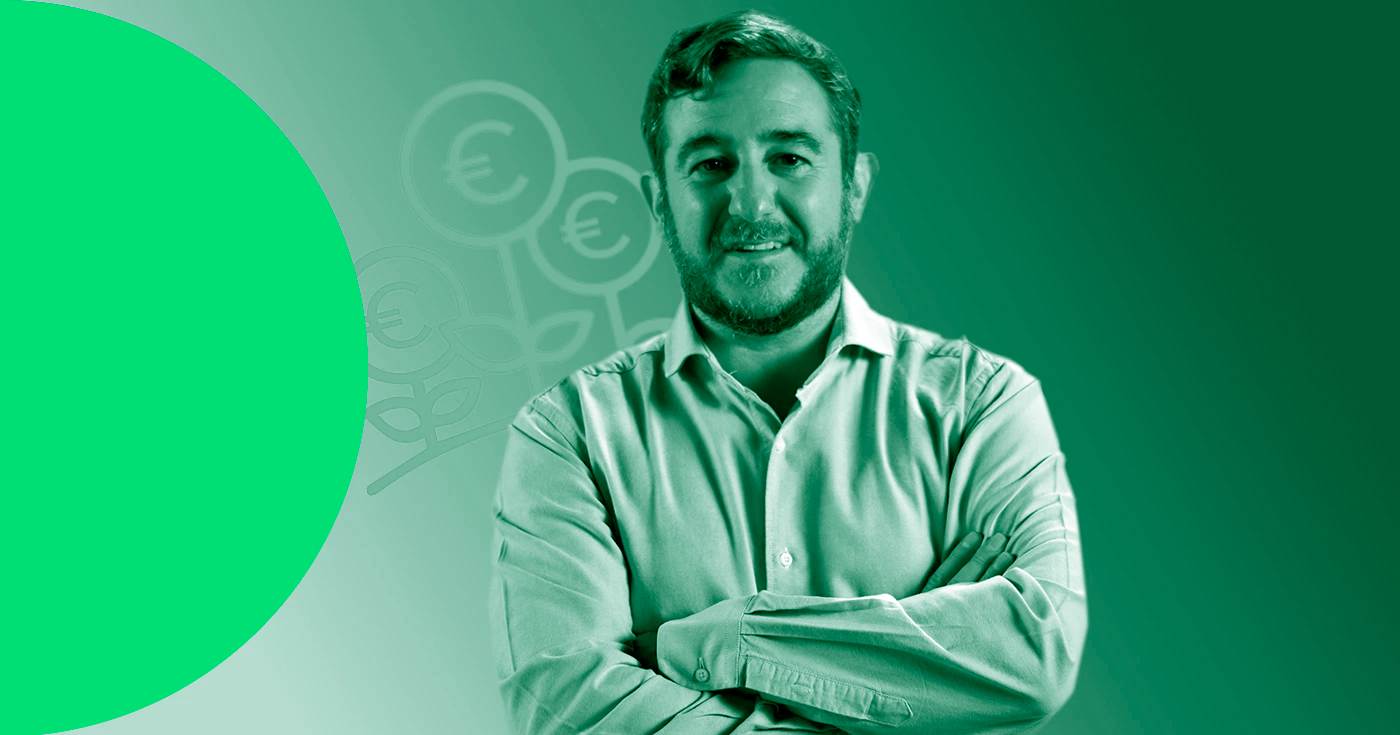


Although it is always the same thing – financing a project – in the world of real estate crowdfunding there are two main types of strategies. On the one hand, there are capital gains projects (also known as equity crowdfunding); on the other, loan or debt projects (also called crowdlending or debt-based crowdfunding). We are not so much interested in names as we are in differences.
The most key difference is the degree of association of investors with the project. While in capital gains, investors with project partners, in debt projects only lend the money to the developer. In the first case, investors usually enter an earlier phase of the project. They only get their money back once all the homes in the development are built and sold. In loan projects, they recover it when the term expires and with the interest previously set.
That is why equity projects tend to have longer deadlines. By sharing the risks between investor and developer, the returns are higher. In loans, however, The key is to ensure the developer’s ability to repay. That is, the risks of the project are similar, since we always talk about real estate development. But the repayment of the loan is not linked, for example, to the sale of all the units. Once the deadline has elapsed, the developer must return the money. If you have what, no problem.
That’s where the guarantees come in. A clear example is a mortgage. If the loan is accompanied by a mortgage guarantee, that means that the borrower of the money responds, in case of default, with the mortgaged property, for example, the farm where the project is located. If the developer cannot return the money when due, the mortgage is foreclosed and the property, in this case the property, passes into the hands of the lender.
However, the guarantee must have sufficient value. Therefore, a useful criterion when granting a loan is look at the loan-to-value (LTV). In other words, we are talking about the percentage that the loan represents on the total value of the guarantee. The lower the LTV, the safer the loan is considered. It’s logical. If the LTV is 40%, that means that I have lent the equivalent of 40% of the value of the guarantee. If executed, the guarantee would more than cover my exposure.
At Urbanitae, eight out of ten projects we finance are from Equity or capital gains. Between The reasons, as Diego Bestard explains, is the difficulty of developers in finding capitalist partners in small and medium-sized projects. Even so We have financed more than 18 million euros in crowdlending. A total of 19 projects ranging from 300,000 euros to 3 million, such as House of the Waterfall.
These are figures that we expect to increase rapidly with the launch of our Developer loan. This product is focused on developers who do not obtain financing to start the works despite meeting requirements such as the ownership of the land on which it is going to be developed, the building license granted and a commercialization of between 40 and 60%.
diego.gallego@urbanitae.com